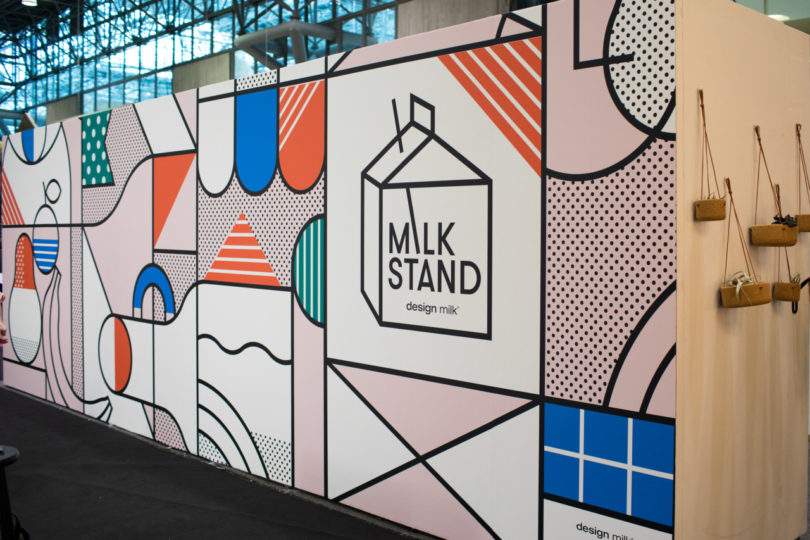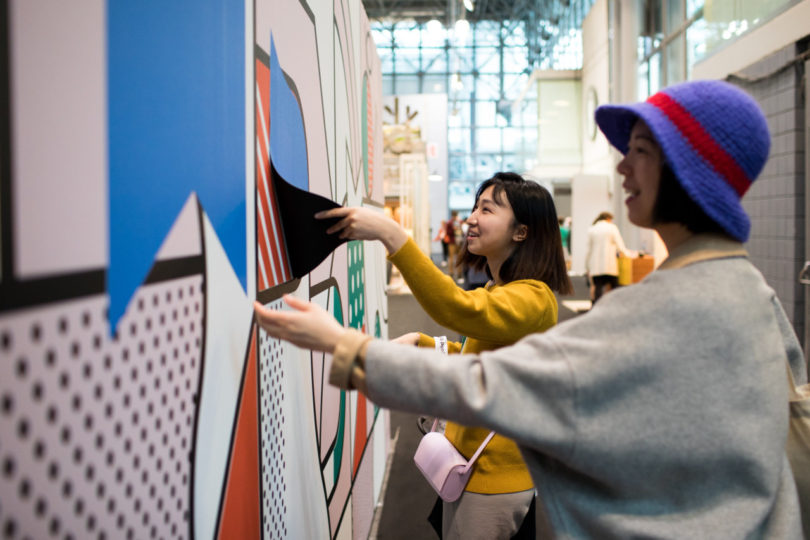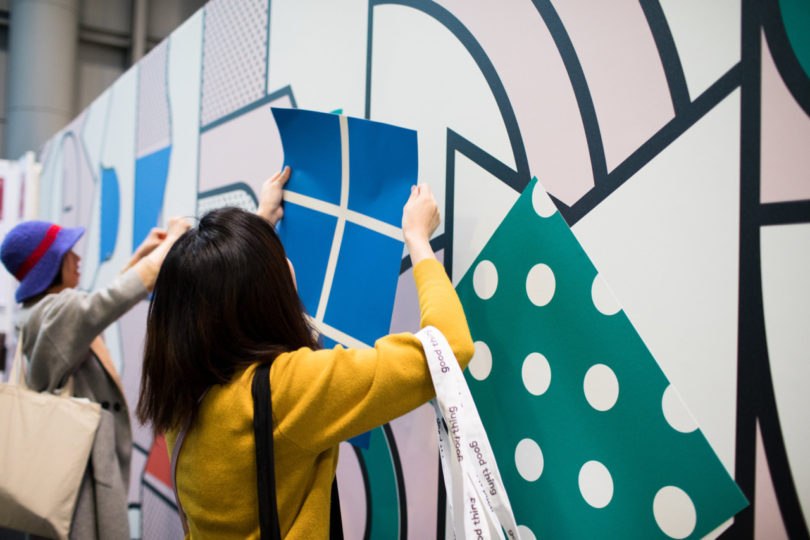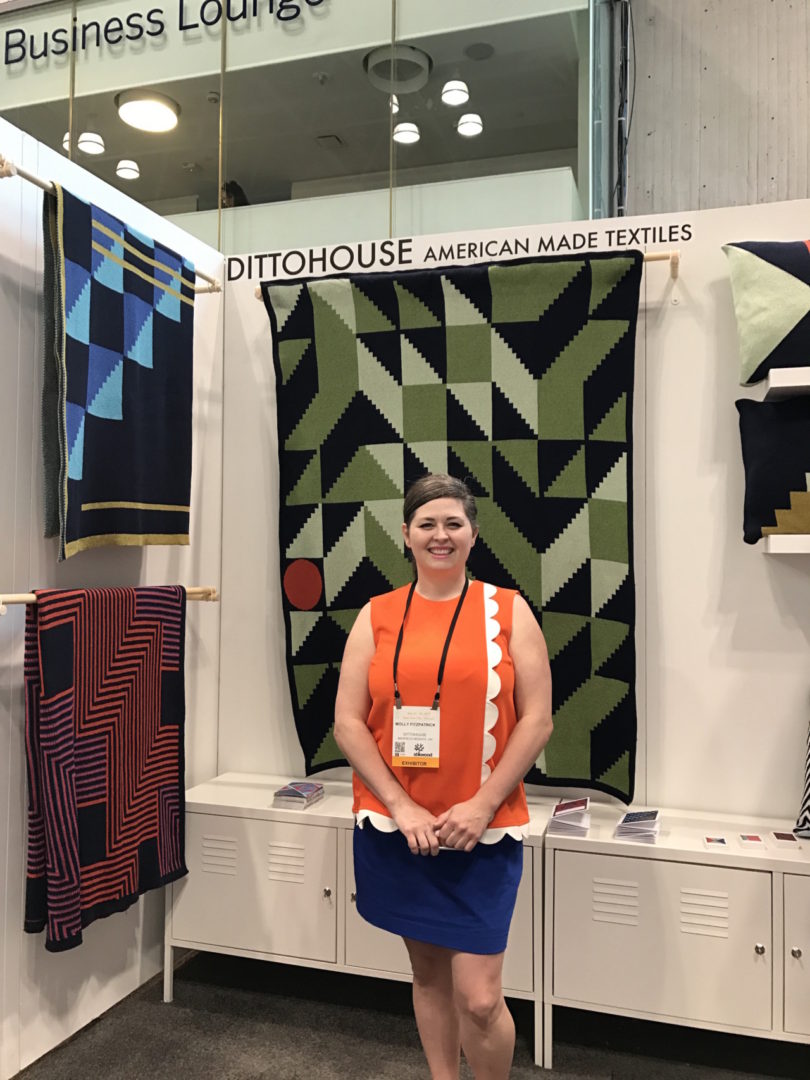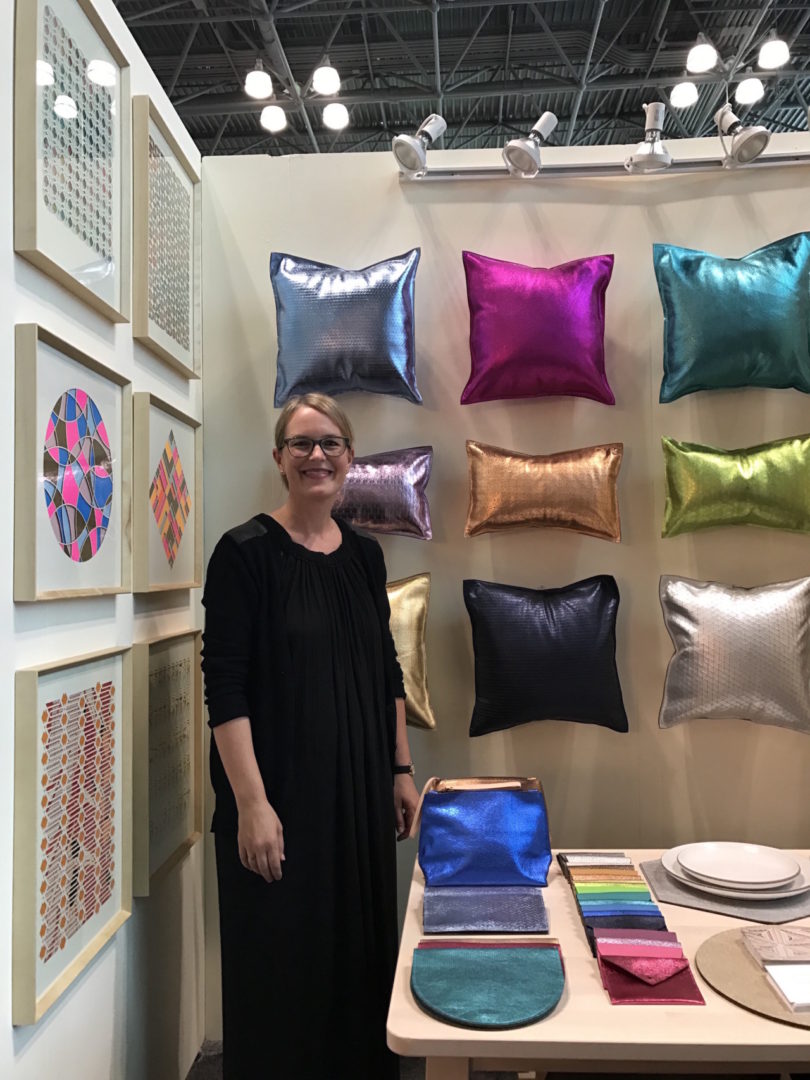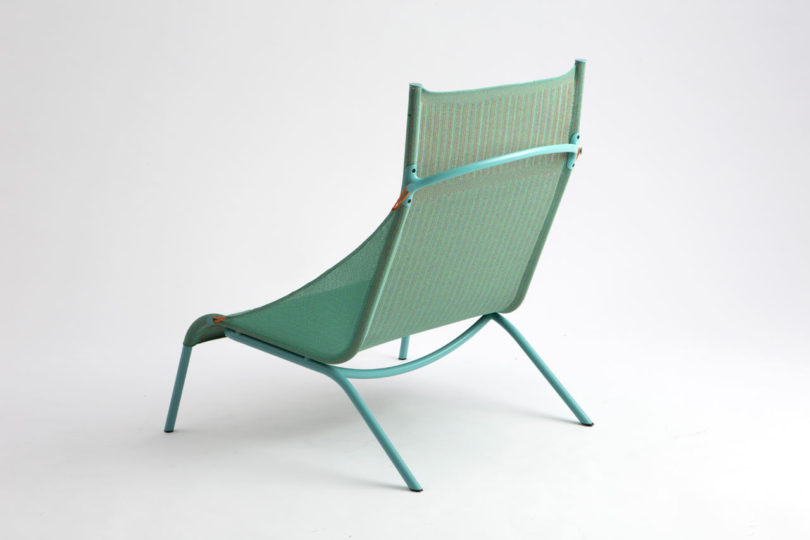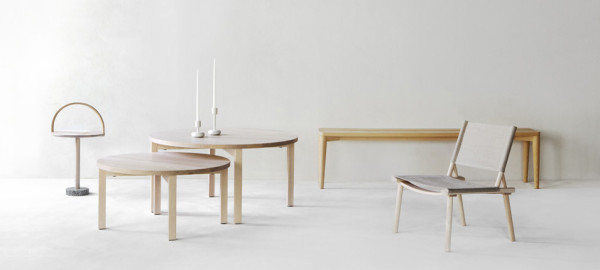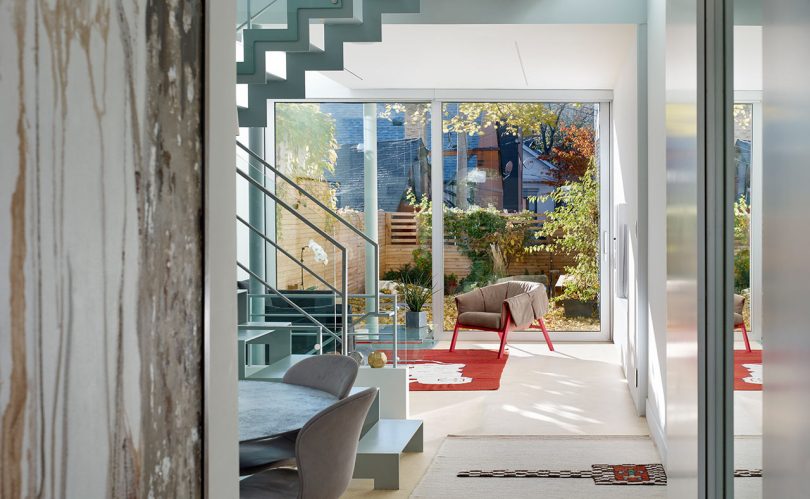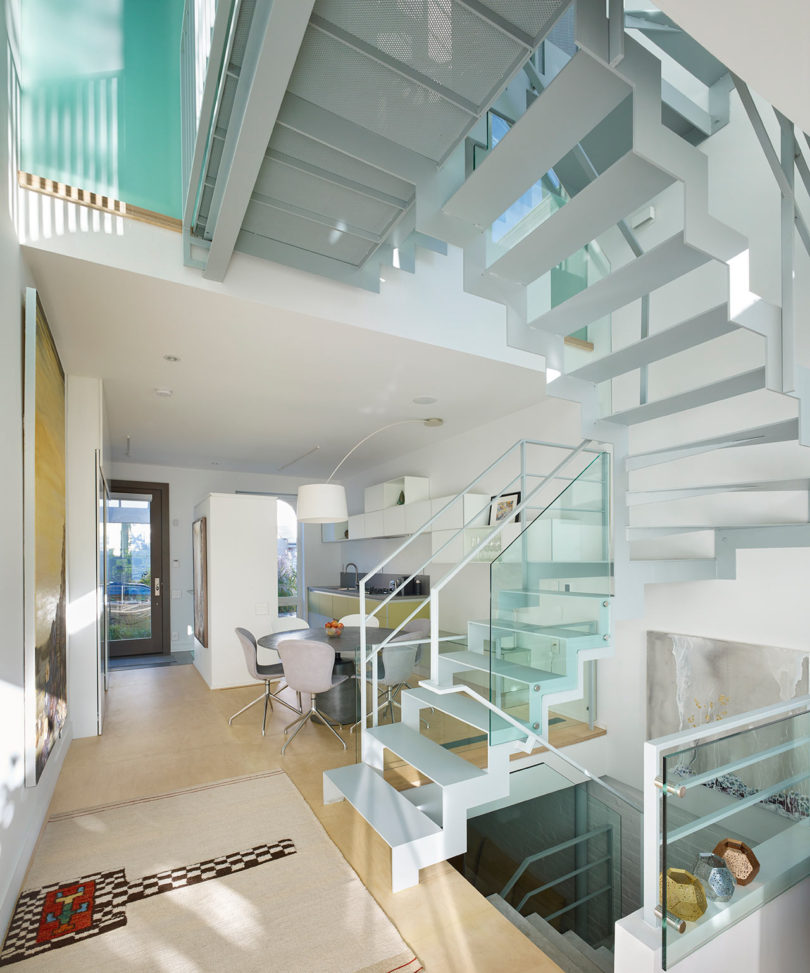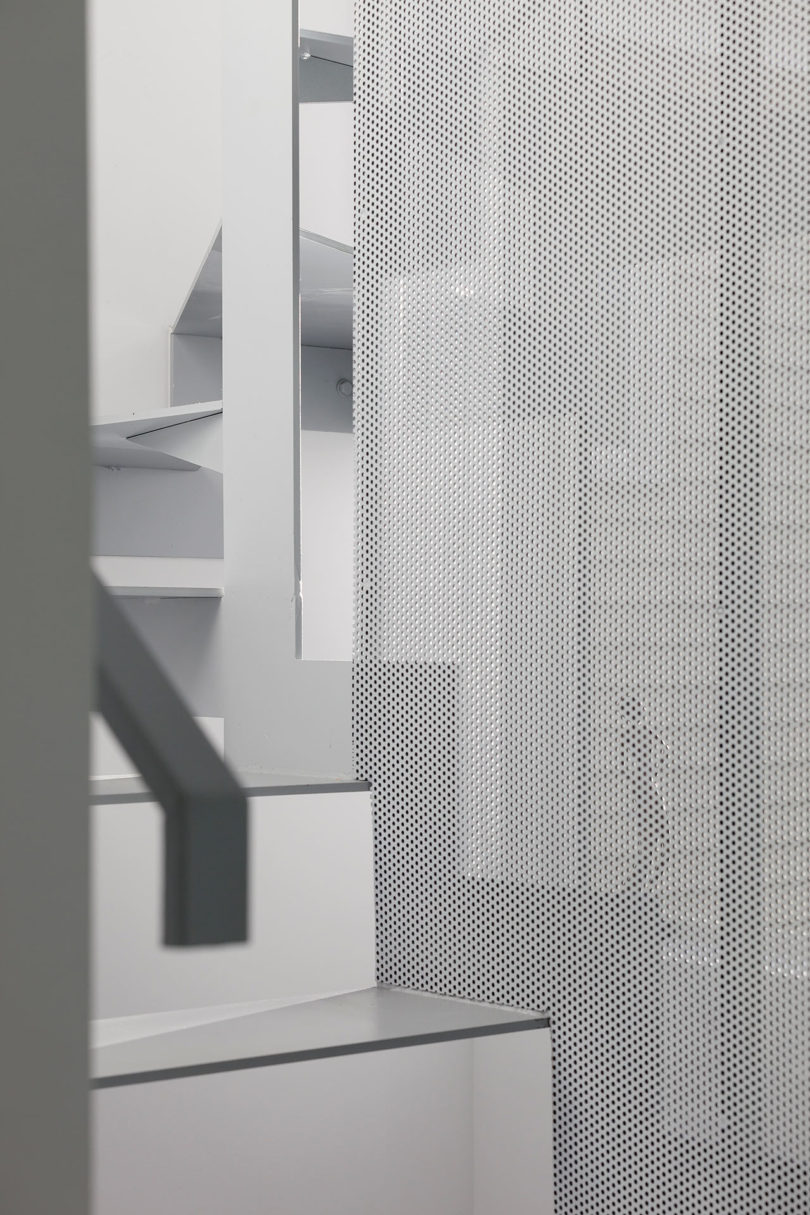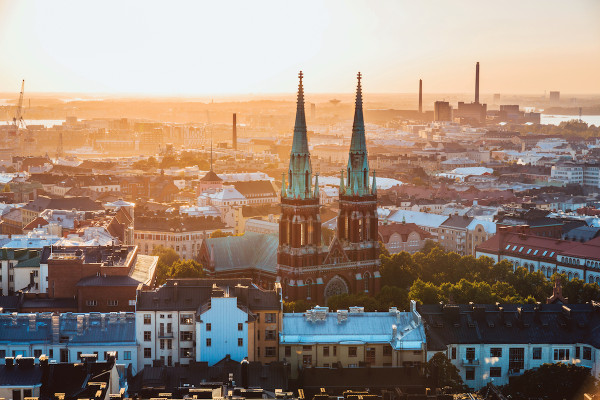
This city is a design paradise. There are the design hits like the Aalto house and the flagship Marimekko store, but you don’t have to look hard, you’ll soak in design from the moment you step off the plane. Everything is just so well-considered. I was fourteen when I first visited Helsinki and only remember my teenage brain being blown by how neat and tidy everything seemed to be. I managed to make it just a few years ago for a good friend’s documentary film premier of Aatsinki: The Story of Arctic Cowboys. This time, it wasn’t the neatness (although that is pretty impressive), but the design culture and history that’s so much a part of Finnish life that impressed me. For a country of only 5 million (we’re basically talking the population of Minnesota), design is so much the fabric of life it feels like everyone has a perspective. If I’ve left your Helsinki design favorites off the list, be sure to add it in the comments!
The team from Visit Helsinki was instrumental in pointing out some great design spots, and a big thank you to filmmaker Jessica Oreck for her contributions to the guide.
WHERE TO STAY
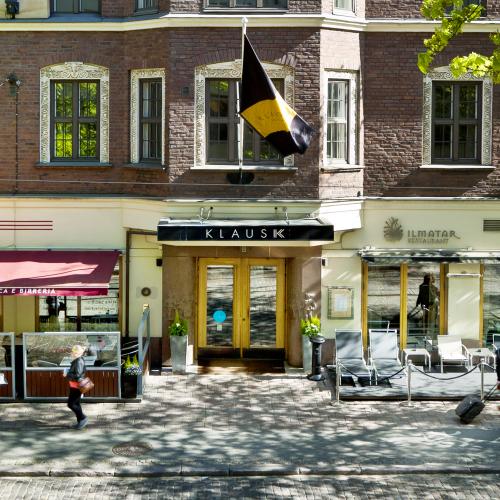
Helsinki’s Design District (map) boasts 200 spots on 25 centrally located streets, and both these hotels are smack in the middle of all the action, making them the perfect base to explore the Design Museum, shop at Marimekko, and eat breakfast at Sis cafe. The design of the Klaus K hotel was inspired by Finland’s dramatic epic poem, Kalevala. References to the literary work show up subtly – like in the design of the carpets and not-so-subtly – like the egg-shaped reception desk. Hotel Lilla Roberts was built in 1909 (designed by Finnish architect Selim A. Lindqvist) as the head office for the city’s power company, and is an equally central option.
WHERE TO PLAY

There are lots of museum options in this city, but two should be at the top of your list: The Design Museum and the Alvar Aalto Museum. The Design Museum, which opened in 1873, is one of the oldest design museums in the world. The permanent exhibition chronicles the history of Finnish design from the time of the museum’s opening to the present. And the temporary exhibitions are usually pretty stellar too. (If you have the time, the Finnish Museum of Architecture is on the same block).
Finnish architect Alvar Aalto is certainly considered a national treasure and the Aalto Museum operates four Aalto buildings in two cities – Helsinki and in Aalto’s hometown of Jyväskylä. In Helsinki, you can see both the Aalto Villa and Studio.
If you have the bandwidth for just a little more museum going, check out Kiasma, the museum of contemporary art. To choose the design, organizers held a contest that was intended to attract architects from Nordic and Baltic countries. Out of 513 entries, American architect Steven Holl’s design was selected, and despite some controversy, ultimately built. (Steven had named his design “Chiasma.” Kiasma is the Finnish translation)
WHERE TO SHOP
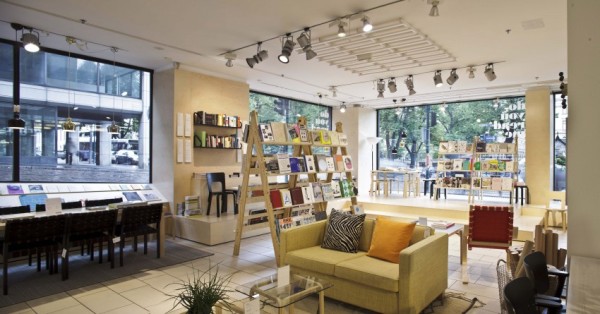
There is great shopping in Finland making it difficult to pick just a select few spots. Artek makes every design shopping list, as well it should. It’s more a design experience than a store. Making it a great place to get grounded in Finnish design. Even if you’re already familiar with Artek, the store has specials that are only available at the Helsinki location. There’s also an onsite workshop where Alvar Aalto’s Stool 60 can be customized. (And don’t miss the Artek 2,400 square-foot secondhand shop, 2nd Cycle located just around the corner from the flagship shop.)

You don’t need a plane ticket to shop for Finnish glass. The Kartio collection is also available online from FinnStyle.
Finland is known for glass, this store is why. All the greatest hits of Finnish glass, like the Aalto vase, sprung from Iittala (pronounce eat-a-la). The company started in 1881 as a glass factory in a small village, Iittala, in southern Finland. (And those Aalto vases are still hand-blown in that tiny town.) My favorite pieces are the Kaj Franck-designed Kartio glassware line. Kartio is Finnish for cone and it’s the obvious inspiration. Instead of ornate decoration, Franck believed in using color to provide visual interest, and colors of Kartio glassware are designed to evoke the colors of the sea. (And just a ten minute walk from Iittala is another Finnish design iconic stop – the Marimekko store.)
To get your indie designer fix, check out Lokal. Opened in 2012 by Finnish photographer Katja Hagelstam, the store has a gallery space (with a rotating exhibition) for artwork in addition to selling housewares and furniture made by a mix of recognized and up-and-coming Finnish artists. You can also find Nikari furniture here (which is made by another Finnish brand – Fiskars scissors. Family-owned Lapuan Kankurit is another must-see stop on the shopping circuit. The company has been weaving Finnish textiles for 100 years and if you love textiles but Marimekko is a little too over-stated for your taste, the lovely, subtle patterns in their flagship store should satisfy any textile urge.
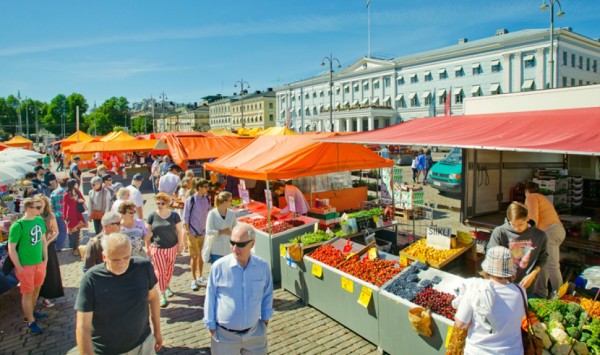
Open Air Market, Helsinki
While the big stores are fun, I particularly enjoyed the Esplanade Open Air Market. While you’ll have to wade through a bit of antler magnets and key rings, there are some treasures like tiny wooden sheep finished with fluffy Finnish wool and hand-woven textiles. (You can even pick up lunch – moose or reindeer meatballs anyone?) If your wallet has taken a hit from the high-end design, second-hand might be the reprieve you’re looking for. One of the best is the non-profit Fida Hakaniemi. It’s also the biggest second-hand chain store in Finland. I found the perfect hand-knit Finnish fisherman’s sweater with traditional silver clasps for a fraction of the price of a new one.
///Helsinki Open-Air Markets///
FINAL WORDS
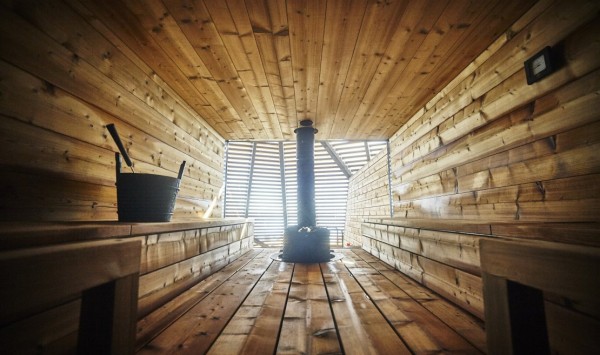
There’s an oft-repeated static that there are 3 million saunas in a country with a population of 5 million — that’s an average of 1 per household. For Finns, a sauna is not a luxury. It’s a necessity. Historically when people settled in a new place, the first thing they did was build the sauna. It was a place to live in, cook in and stay warm while the house was being constructed. If you’re going to try one of the public saunas (and you should!) just remember that men will go in one sauna and women in another (and swimsuits are considered a faux pas). You can find a traditional Finnish sauna at Löyly, a restaurant and sauna complex designed by Avanto Architects. Another option, also right by the sea is Allas Sea Pool, this center just opened in August and was recently completed. But if you ask a Finn where the best sauna is, they’ll probably tell you the best sauna is the one at their home. If you get invited to sauna, don’t be shy and go! You’ll come home and try to figure out how to make a sauna work in your backyard landscape design. Promise.
Anywhere we missed? Tell us in the comments below.

from Design MilkDesign Milk http://design-milk.com/design-milk-travels-helsinki/
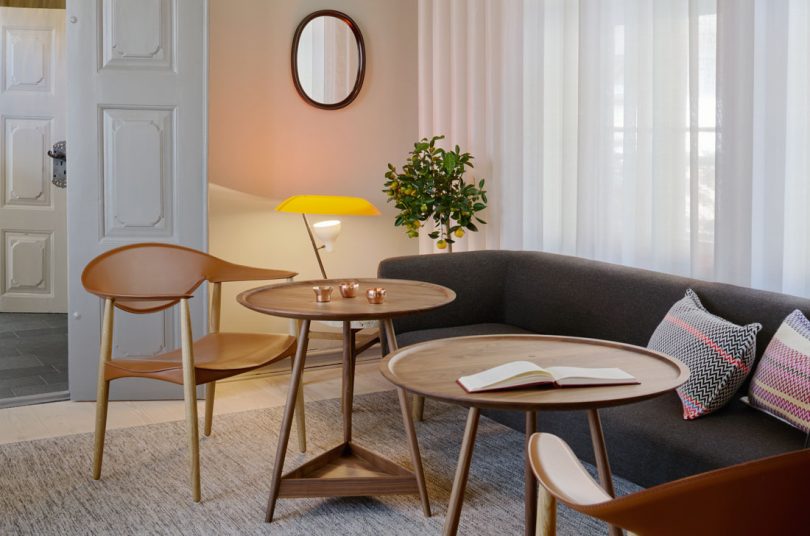

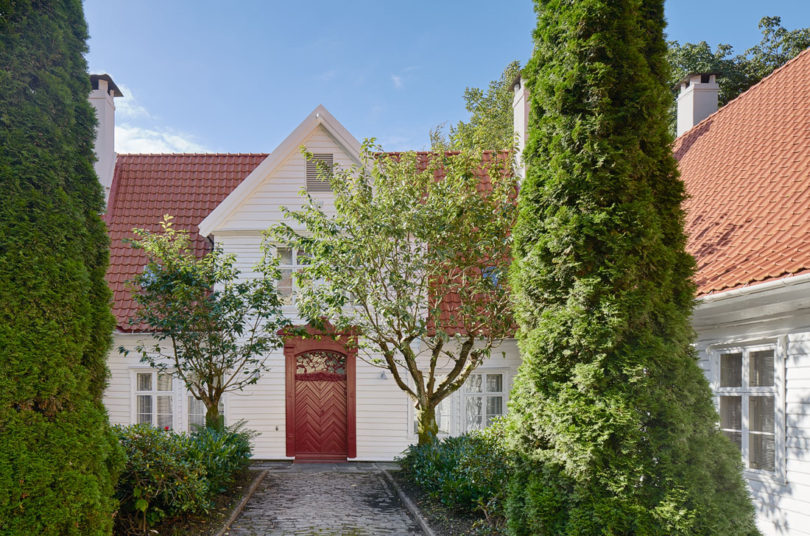







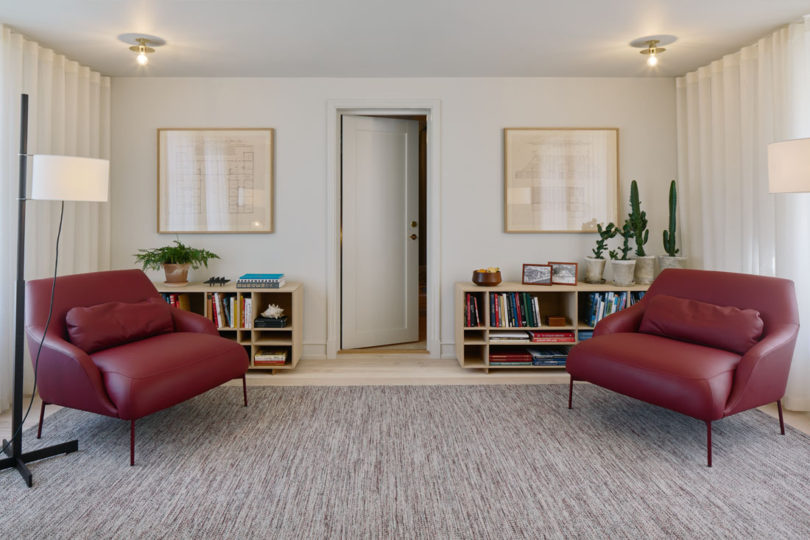




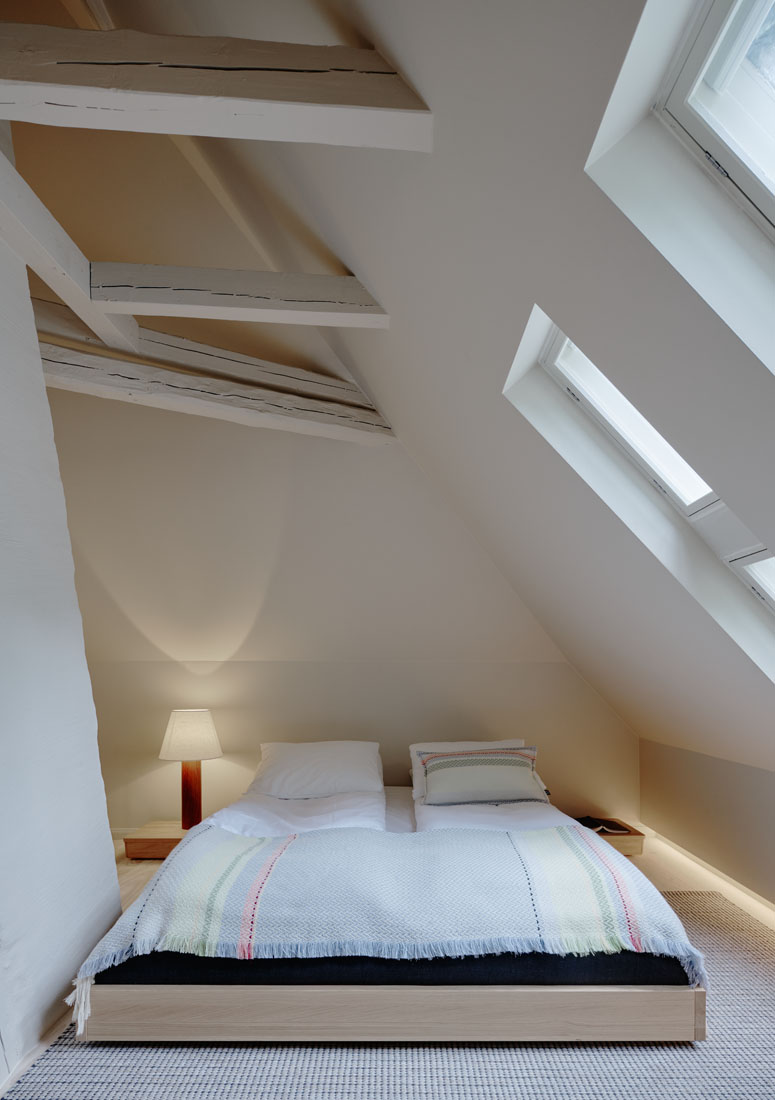
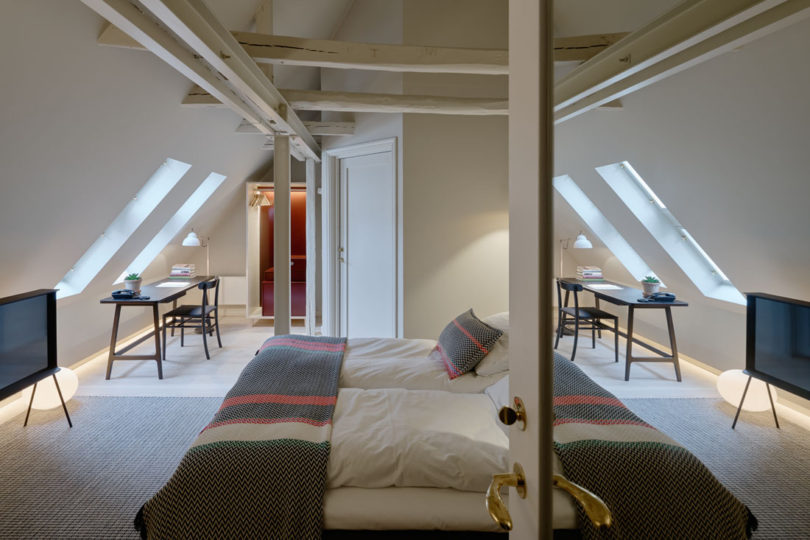







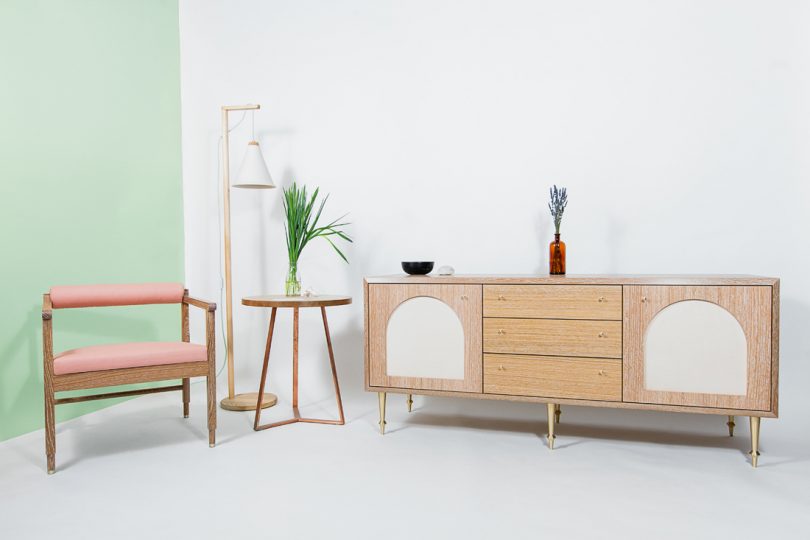






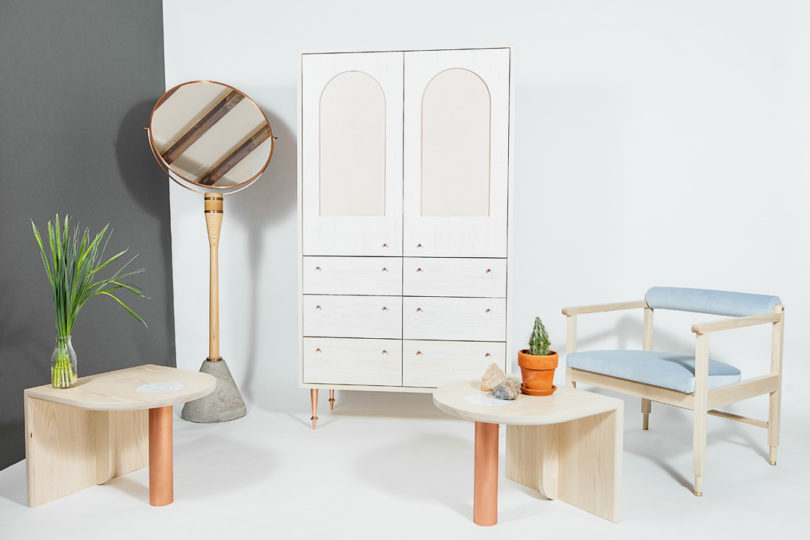




![The Milk Stand Was the Place To Play and Shop at ICFF 2017 [VIDEO]](http://design-milk.com/images/2017/05/milkstand-civilization-visualmagnetics-18-810x540.jpg)
